-
 Bitcoin
Bitcoin $120300
1.41% -
 Ethereum
Ethereum $4296
2.75% -
 XRP
XRP $3.220
1.46% -
 Tether USDt
Tether USDt $0.9997
-0.04% -
 BNB
BNB $801.6
0.14% -
 Solana
Solana $179.9
0.22% -
 USDC
USDC $0.9998
-0.01% -
 Dogecoin
Dogecoin $0.2302
-0.24% -
 TRON
TRON $0.3405
-0.39% -
 Cardano
Cardano $0.7965
0.53% -
 Hyperliquid
Hyperliquid $44.80
2.57% -
 Chainlink
Chainlink $21.95
2.94% -
 Stellar
Stellar $0.4438
1.68% -
 Sui
Sui $3.767
-1.42% -
 Bitcoin Cash
Bitcoin Cash $584.4
3.24% -
 Hedera
Hedera $0.2554
-0.59% -
 Ethena USDe
Ethena USDe $1.001
-0.02% -
 Avalanche
Avalanche $23.57
0.00% -
 Litecoin
Litecoin $126.6
4.64% -
 Toncoin
Toncoin $3.339
0.94% -
 UNUS SED LEO
UNUS SED LEO $9.001
-0.49% -
 Shiba Inu
Shiba Inu $0.00001320
-0.92% -
 Uniswap
Uniswap $10.84
3.36% -
 Polkadot
Polkadot $3.945
-1.39% -
 Cronos
Cronos $0.1663
4.77% -
 Ethena
Ethena $0.8136
8.48% -
 Dai
Dai $0.0000
0.00% -
 Bitget Token
Bitget Token $4.391
-0.51% -
 Monero
Monero $268.0
0.80% -
 Pepe
Pepe $0.00001169
-1.57%
What is "DAO" of blockchain? How does it work?
DAOs use smart contracts on blockchains to automate operations and enable community governance, but face challenges like legal uncertainty and security risks.
Mar 28, 2025 at 03:49 pm
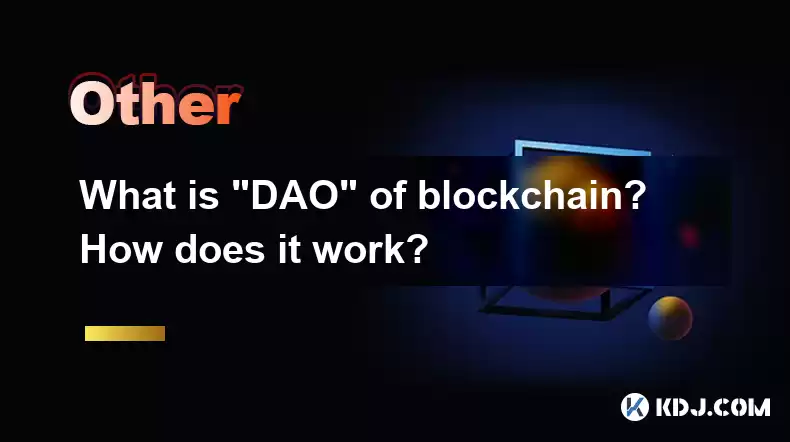
Understanding Decentralized Autonomous Organizations (DAOs) in Blockchain
A Decentralized Autonomous Organization (DAO) is a community-led entity that operates on a blockchain. Unlike traditional organizations with centralized control, DAOs utilize smart contracts to automate processes and enforce rules. This eliminates the need for intermediaries like CEOs or boards of directors, enabling a truly decentralized and transparent structure. Members participate in decision-making through voting mechanisms, typically weighted by token holdings. The DAO's rules and operations are encoded within the smart contract, making them immutable and resistant to censorship.
How DAOs Function: A Deeper Dive
DAOs function through a combination of smart contracts and tokenized governance. Smart contracts are self-executing contracts with the terms of the agreement between buyer and seller being directly written into lines of code. These contracts automate the DAO's operations, such as distributing funds or managing treasury assets. Governance tokens represent ownership and voting rights within the DAO. Token holders can propose and vote on proposals, influencing the DAO's direction and activities.
The Mechanics of DAO Governance
The governance process typically involves several steps:
- Proposal Submission: Members submit proposals outlining desired actions or changes to the DAO.
- Voting Period: A designated period is allocated for members to vote on the proposal.
- Quorum Requirement: A minimum number of votes (quorum) is often required for a proposal to be considered valid.
- Vote Tallying: The smart contract automatically tallies the votes, and the outcome is determined based on predefined rules.
- Execution: If the proposal passes, the smart contract automatically executes the specified actions.
Different Types of DAO Structures
Various DAO structures exist, each with unique characteristics:
- Single-Token DAOs: These DAOs use a single token for governance and participation. This simplifies the structure but can limit flexibility.
- Multi-Token DAOs: These DAOs utilize multiple tokens, each potentially representing different aspects of the organization or offering different voting rights. This provides more complexity and flexibility.
- Nested DAOs: These are DAOs composed of smaller, interconnected DAOs. This allows for greater modularity and specialization.
Security Considerations in DAOs
While DAOs offer significant advantages, security remains a crucial concern. The immutability of smart contracts means that vulnerabilities can have severe consequences. Thorough audits of smart contracts are essential to identify and mitigate potential risks. Robust security practices are needed to protect against exploits and attacks. The complexity of some DAOs can also make them difficult to understand and manage effectively.
Funding and Treasury Management in DAOs
DAOs typically have a treasury to fund their operations and projects. Funding mechanisms vary, but common approaches include:
- Initial Coin Offerings (ICOs): Raising funds by selling governance tokens.
- Grants and Donations: Receiving contributions from individuals and organizations.
- Revenue Generation: Generating income through various activities, such as providing services or investing in other projects. The treasury is managed according to the rules defined in the smart contract.
The Role of Smart Contracts in DAO Functionality
Smart contracts are the backbone of DAOs. They automate processes, enforce rules, and ensure transparency. The code is publicly auditable, enhancing trust and accountability. However, the complexity of smart contracts requires careful design and rigorous testing to prevent vulnerabilities. Any changes to the smart contract require a governance proposal and vote, ensuring collective decision-making.
Challenges and Limitations of DAOs
Despite their potential, DAOs face several challenges:
- Legal Uncertainty: The legal status of DAOs is still evolving, creating uncertainty for participants and investors.
- Scalability Issues: Some DAOs struggle with scalability as the number of members and transactions increases.
- Governance Challenges: Reaching consensus among diverse members can be difficult, leading to disagreements and delays.
- Security Risks: Smart contract vulnerabilities pose significant risks, as exploits can lead to loss of funds or control.
DAO Use Cases and Applications
DAOs are finding applications in various fields, including:
- Decentralized Finance (DeFi): DAOs are used to govern DeFi protocols, enabling community-driven development and decision-making.
- Non-Fungible Tokens (NFTs): DAOs can manage NFT collections, allowing holders to participate in governance and community initiatives.
- Decentralized Social Media: DAOs can create community-owned and operated social media platforms, fostering greater user control and censorship resistance.
- Decentralized Autonomous Organizations (DAOs): DAOs can be used to create and manage various organizations, such as charities, research groups, and investment funds.
Frequently Asked Questions
Q: What are the advantages of using a DAO?
A: DAOs offer transparency, community governance, automation through smart contracts, and resistance to censorship.
Q: What are the risks associated with DAOs?
A: Risks include smart contract vulnerabilities, legal uncertainty, governance challenges, and scalability issues.
Q: How can I participate in a DAO?
A: Participation typically involves acquiring governance tokens and participating in voting processes.
Q: Are DAOs regulated?
A: The regulatory landscape for DAOs is still evolving and varies across jurisdictions.
Q: What is the future of DAOs?
A: The future of DAOs is uncertain, but their potential to transform organizational structures and empower communities is significant.
Disclaimer:info@kdj.com
The information provided is not trading advice. kdj.com does not assume any responsibility for any investments made based on the information provided in this article. Cryptocurrencies are highly volatile and it is highly recommended that you invest with caution after thorough research!
If you believe that the content used on this website infringes your copyright, please contact us immediately (info@kdj.com) and we will delete it promptly.
- DYDX Price Stays Afloat: Navigating Neutral Momentum with Technical Indicators
- 2025-08-11 20:50:12
- Superman Takes Flight: A Deep Dive into the Comic Program and Coin Medals
- 2025-08-11 20:30:12
- JasmyCoin's Bullish Momentum: Riding the Daily Gain Wave
- 2025-08-11 21:10:12
- Shiba Inu's Comeback Trail and the Meme Coin Mania: Can $SHIB Deliver a 12,000x Return?
- 2025-08-11 18:30:11
- Proof of Trust, Transparency, and User Safety: Keeping Crypto Real
- 2025-08-11 18:50:12
- Pudgy Penguins, Bitcoin Penguins, and the $22M Meme Coin Mania: A New York Perspective
- 2025-08-11 17:10:11
Related knowledge
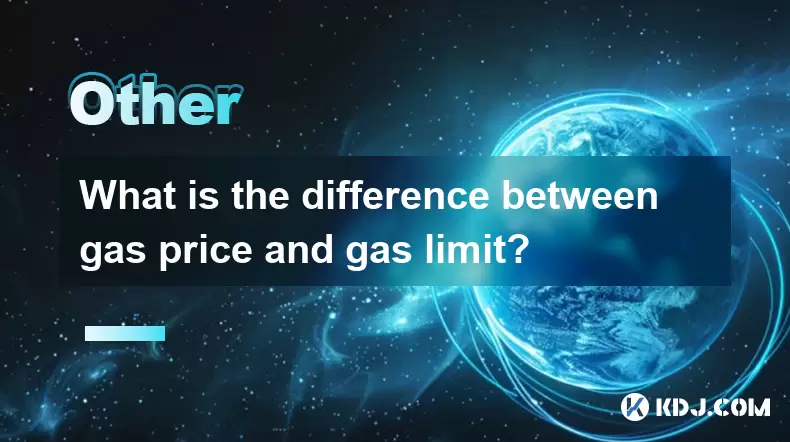
What is the difference between gas price and gas limit?
Aug 09,2025 at 08:42pm
Understanding Gas in Ethereum and EVM-Based NetworksIn blockchain networks that support smart contracts—particularly Ethereum and other EVM (Ethereum ...
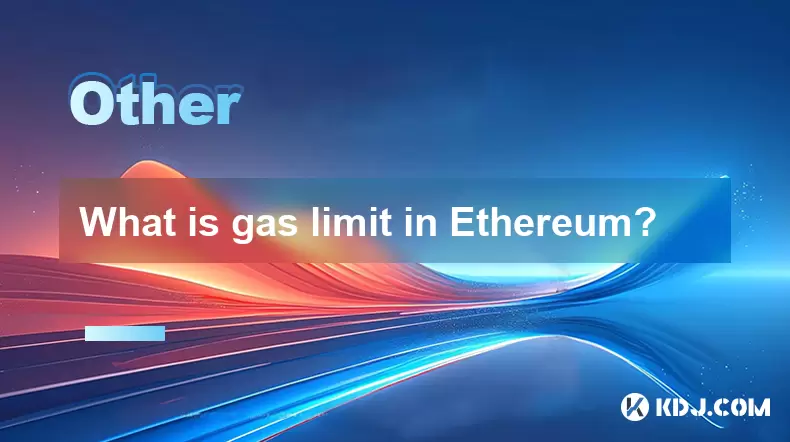
What is gas limit in Ethereum?
Aug 11,2025 at 04:29am
Understanding the Concept of Gas in EthereumIn the Ethereum network, gas is a unit that measures the computational effort required to execute operatio...
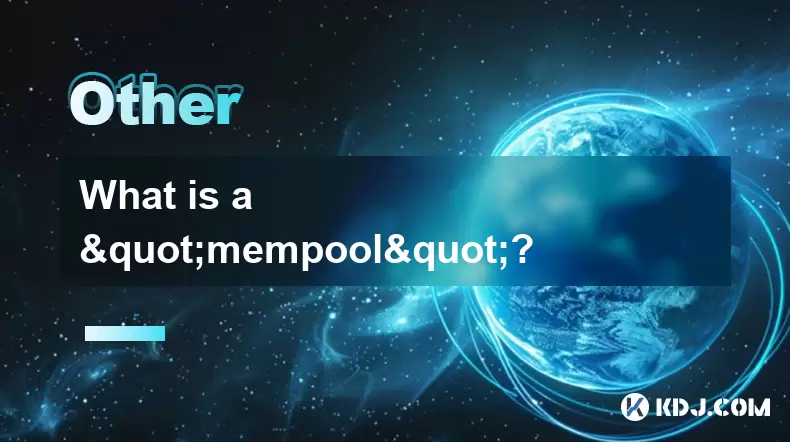
What is a "mempool"?
Aug 11,2025 at 02:49am
Understanding the Mempool in Cryptocurrency NetworksThe mempool, short for memory pool, is a critical component of blockchain networks like Bitcoin an...
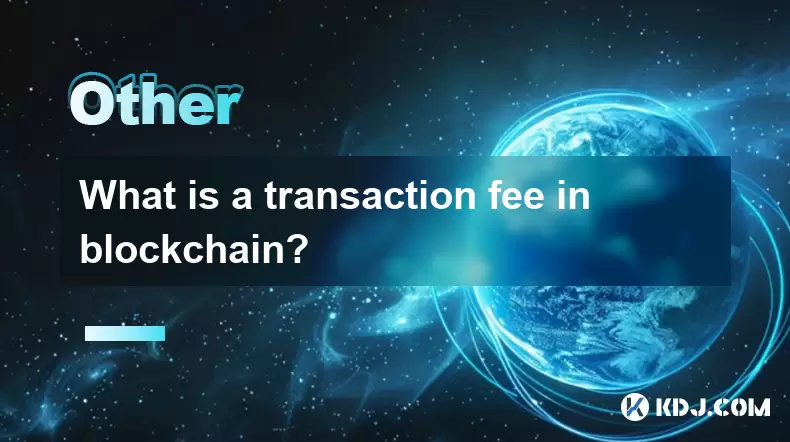
What is a transaction fee in blockchain?
Aug 08,2025 at 09:21pm
Understanding the Basics of Blockchain Transaction FeesA transaction fee in blockchain is a small amount of cryptocurrency paid by a user to process a...
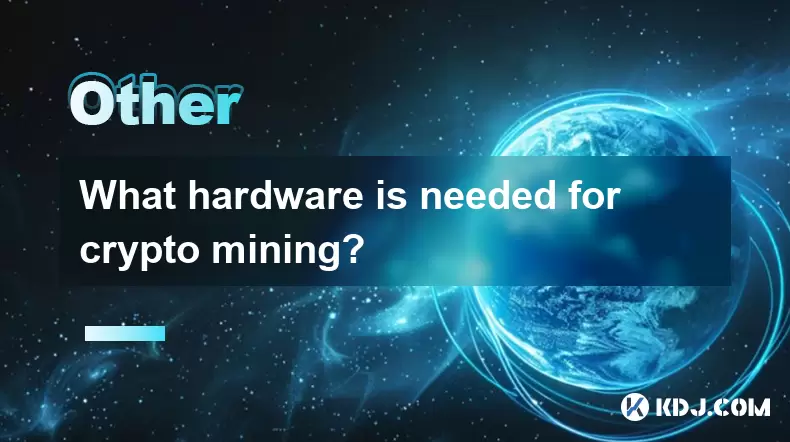
What hardware is needed for crypto mining?
Aug 10,2025 at 08:22pm
Understanding the Role of GPUs in Crypto MiningWhen discussing the hardware required for crypto mining, the Graphics Processing Unit (GPU) stands out ...
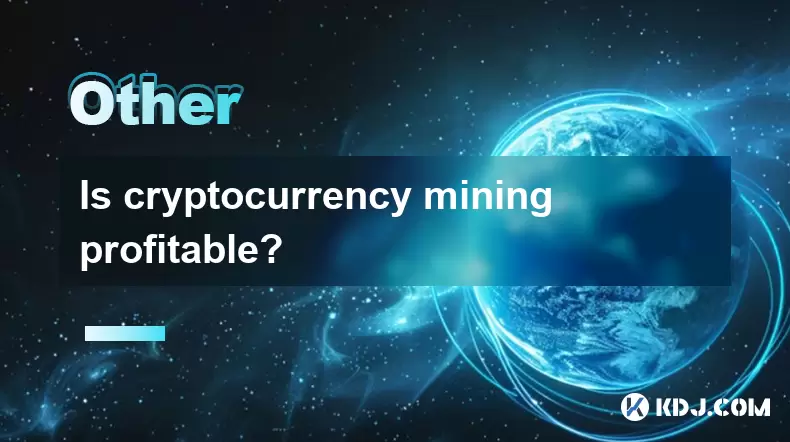
Is cryptocurrency mining profitable?
Aug 09,2025 at 01:28am
Understanding Cryptocurrency Mining BasicsCryptocurrency mining is the process by which new digital coins are introduced into circulation and transact...

What is the difference between gas price and gas limit?
Aug 09,2025 at 08:42pm
Understanding Gas in Ethereum and EVM-Based NetworksIn blockchain networks that support smart contracts—particularly Ethereum and other EVM (Ethereum ...

What is gas limit in Ethereum?
Aug 11,2025 at 04:29am
Understanding the Concept of Gas in EthereumIn the Ethereum network, gas is a unit that measures the computational effort required to execute operatio...

What is a "mempool"?
Aug 11,2025 at 02:49am
Understanding the Mempool in Cryptocurrency NetworksThe mempool, short for memory pool, is a critical component of blockchain networks like Bitcoin an...

What is a transaction fee in blockchain?
Aug 08,2025 at 09:21pm
Understanding the Basics of Blockchain Transaction FeesA transaction fee in blockchain is a small amount of cryptocurrency paid by a user to process a...

What hardware is needed for crypto mining?
Aug 10,2025 at 08:22pm
Understanding the Role of GPUs in Crypto MiningWhen discussing the hardware required for crypto mining, the Graphics Processing Unit (GPU) stands out ...

Is cryptocurrency mining profitable?
Aug 09,2025 at 01:28am
Understanding Cryptocurrency Mining BasicsCryptocurrency mining is the process by which new digital coins are introduced into circulation and transact...
See all articles

























































































